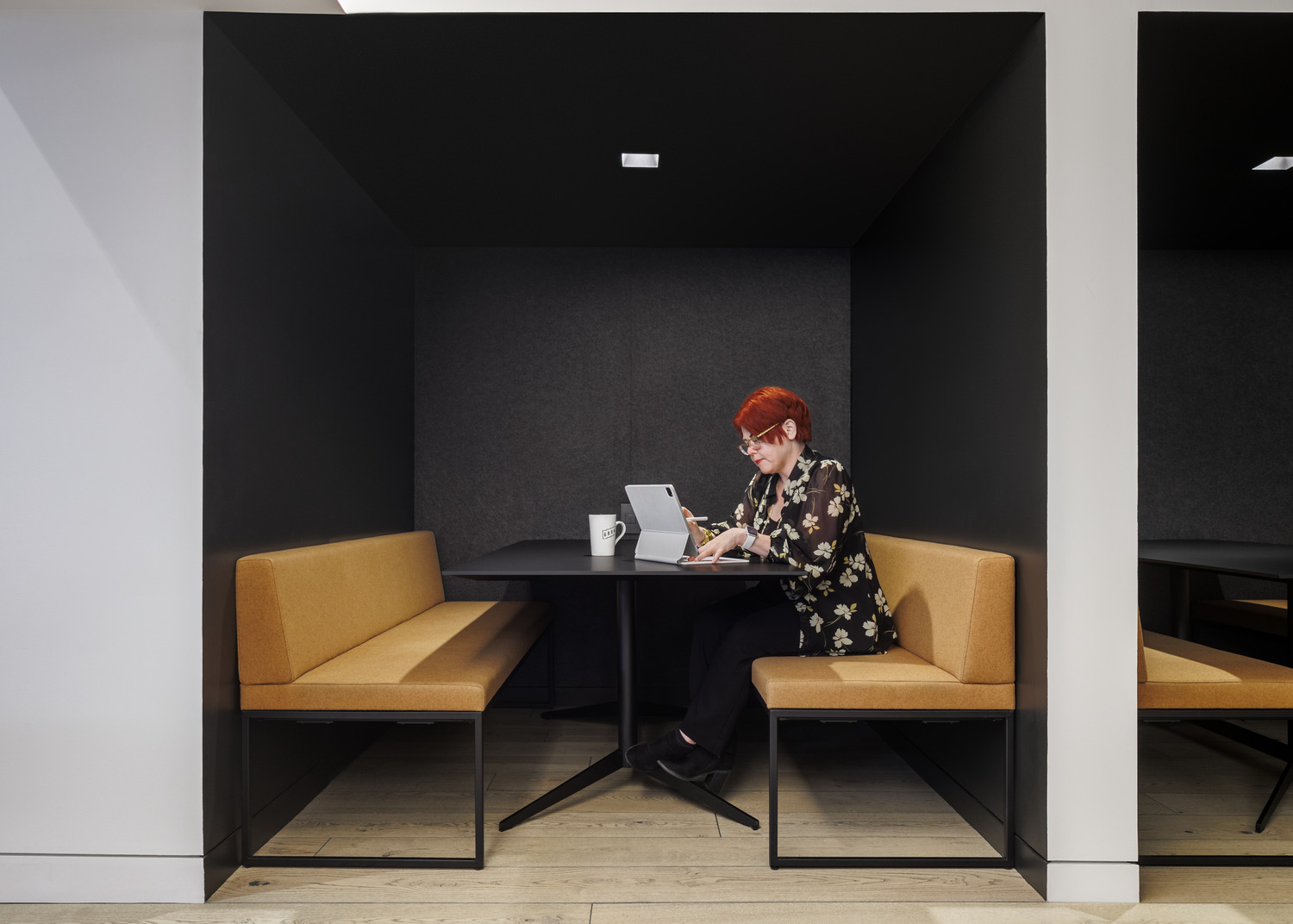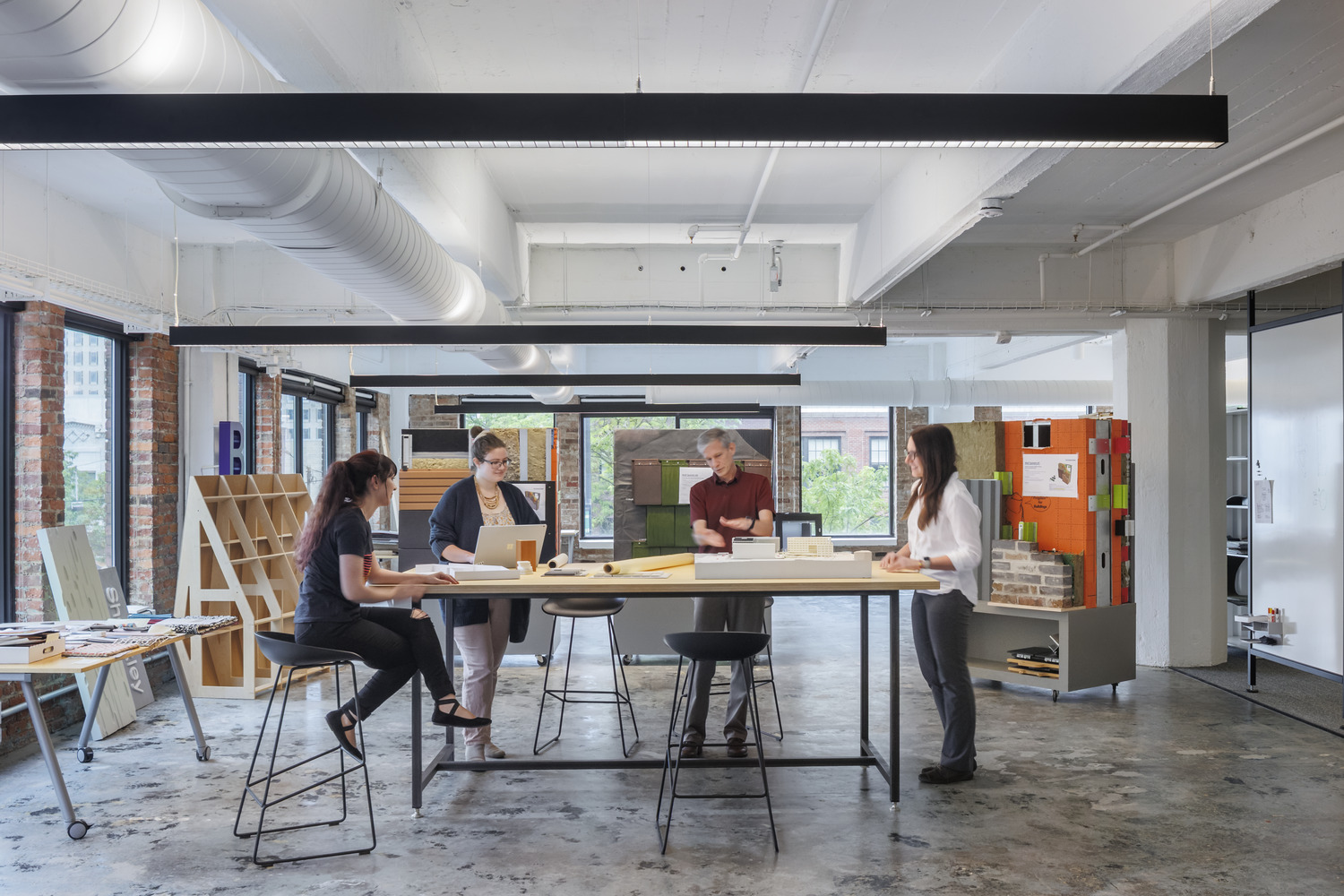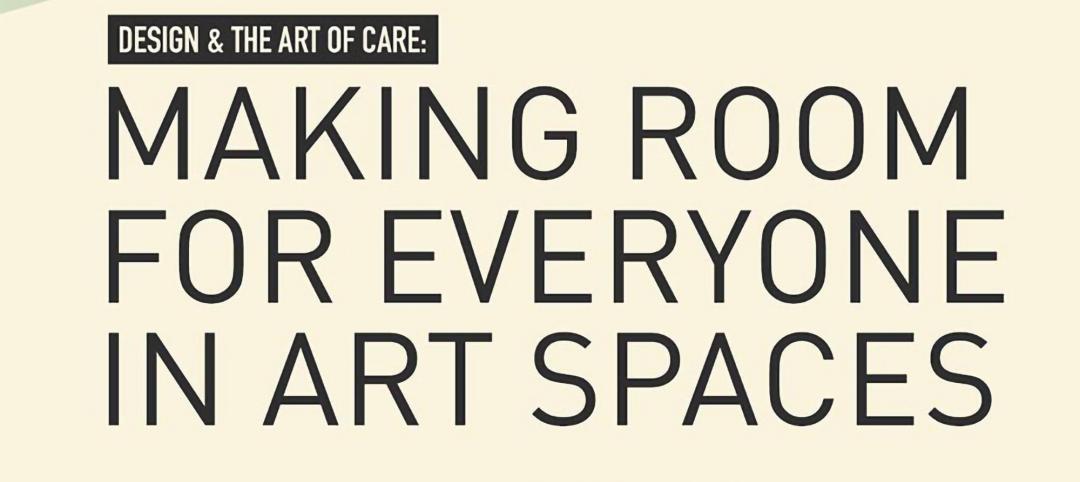A recent study by Stanford University found that in-person teamwork leads to more effective and innovative solutions to problems than the efforts from distributed or fully remote workers. The study found evidence that we rely strongly on non-verbal cues such as eye contact and subtle body language for feedback in addition to verbal communication.
The reduced visual field of the virtual workspace also means that there is a lack of a shared context, which can affect visual recall and cognition. The study demonstrated that the creative output generated by teams working together in physical space was in all cases found to be greater than those who worked together remotely.
Collaborating virtually requires a person to filter out the periphery of their field of vision and focus on the glow of the screen. Zoom fatigue is a well-documented result of our over-reliance on one method of communication to work. We need time for focus work but working in isolation limits creative outcomes and innovations that come from in-person collaboration. Providing your teams a variety of ways to be creative and productive is part of a successful hybrid work style.
Think about it: After working alone at home (in your “nest”) for a stretch, it’s stimulating to seek out a change of scene. Going out for a coffee, chatting with a neighbor, strolling through the neighborhood, city block, or park—experiencing the world (life’s “garden”) in all its permutations—is energizing. While it can be productive to work alone at home, working in isolation forever feels unbalanced. Innovative workplaces use their physical space to support solitary and social working. They create both nests and gardens.
CREATING WORKPLACE NESTS:

Different days often bring different needs. It’s unrealistic to move from home to office multiple times in a day. Nesting spaces in the workplace are more controlled acoustically and visually to avoid distraction. Nesting spaces cue others to “do not disturb”; light and noise levels are more controlled and there is a deliberate lack of stimulation. They’re a soothing, comfortable, cocoon …where you can crank something out.
But what if you need to watch a webinar in the middle of your workday? Having the freedom to jump to a new setting like a booth in a café or a sunny seat by a window, are a way to adjust your space for an activity without feeling totally isolated.
CREATING WORKPLACE GARDENS:

Think of the garden as a collaboration core. Not too many boundaries; space that feels organic and fluid; space that’s not static – people can move things around, add chairs, pull over a white board, pin up work. Garden spaces elicit curiosity, discovery, and engagement; you can get out of your head in the garden, think differently, maybe even make a mess. Not necessarily walled off space—the garden allows passersby to make connections.
Every workplace needs both nests and gardens…and some spaces that fall in-between. A workplace that has the right balance between the space we need to focus and the spaces where we collaborate with others is the best way we can make the time in the office “worth it.”
About the Authors:
Eric Puryear, AIA, is an Associate at GBBN. With an abiding interest in craft and the question of how material and form interact with light and space to affect people, Eric found a natural fit in architecture. This interest finds direct expression in his daily work as he develops initial design concepts and transforms them into buildable realities. His recent work includes The Foundry and the Rushville Community Center. His most recent presentation on repurposing retail was for the Society of Marketing Professional Services.
Mandy Woltjer is an Associate at GBBN. Drawn to creative problem solving, research, and analytics, Mandy helps clients anticipate their futures and demonstrates how design can get them there. Her process—which includes focus groups, observations, and careful listening—serves to surface underlying issues and potential solutions. Her workplace projects include Digital Futures, ByteDance, and The Pop District HQ in Pittsburgh.
More from Author
GBBN | Sep 12, 2024
How space supports programming changes at university libraries
GBBN Associate Sarah Kusuma Rubritz, AIA, uses the University of Pittsburgh's Hillman Library to showcase how libraries are transforming to support students’ needs.
GBBN | Jul 3, 2024
New science, old buildings: Renovating for efficiency, flexibility, and connection
What does the research space of the future look like? And can it be housed in older buildings—or does it require new construction?
GBBN | Jun 3, 2024
Insights for working well in a hybrid world
GBBN Principal and Interior Designer Beth Latto, NCIDQ, LEED AP, ID+C, WELL AP, share a few takeaways, insights, and lessons learned from a recent Post Occupancy Evaluation of the firm's Cincinnati, Ohio, office.
GBBN | Feb 26, 2024
GBBN's Inflation Reduction Act Calculator goes live
GBBN has publicly released its IRA Calculator, a tool that helps you understand funding opportunities in the IRA for sustainable design.
GBBN | Jan 25, 2024
Tactical issues for renovating university research buildings
Matthew Plecity, AIA, ASLA, Principal, GBBN, highlights the connection between the built environment and laboratory research, and weighs the benefits of renovation vs. new construction.
GBBN | Dec 14, 2023
What's next for affordable housing in 2024?
As 2023 draws to a close, GBBN’s Mary Jo Minerich and Amanda Markovic, AIA sat down to talk about the future. What’s next in terms of trends, technology, and construction of affordable housing?
GBBN | Oct 11, 2023
Leveraging land and light to enhance patient care
GBBN interior designer Kristin Greeley shares insights from the firm's latest project: a cancer center in Santa Fe, N.M.
GBBN | Aug 31, 2023
Small town takes over big box
GBBN associate Claire Shafer, AIA, breaks down the firm's recreational adaptive reuse project for a small Indiana town.
GBBN | Jun 20, 2023
Designing arts spaces that curate inclusivity
GBBN's Julia Clements and Marcene Kinney, AIA, LEED AP, talk tips for designing inclusive arts spaces.
GBBN | Mar 22, 2023
Onsite prefabrication for healthcare construction: It's more than a process, it's a partnership
Prefabrication can help project teams navigate an uncertain market. GBBN's Mickey LeRoy, AIA, ACHA, LEED AP, explains the difference between onsite and offsite prefabrication methods for healthcare construction projects.
















